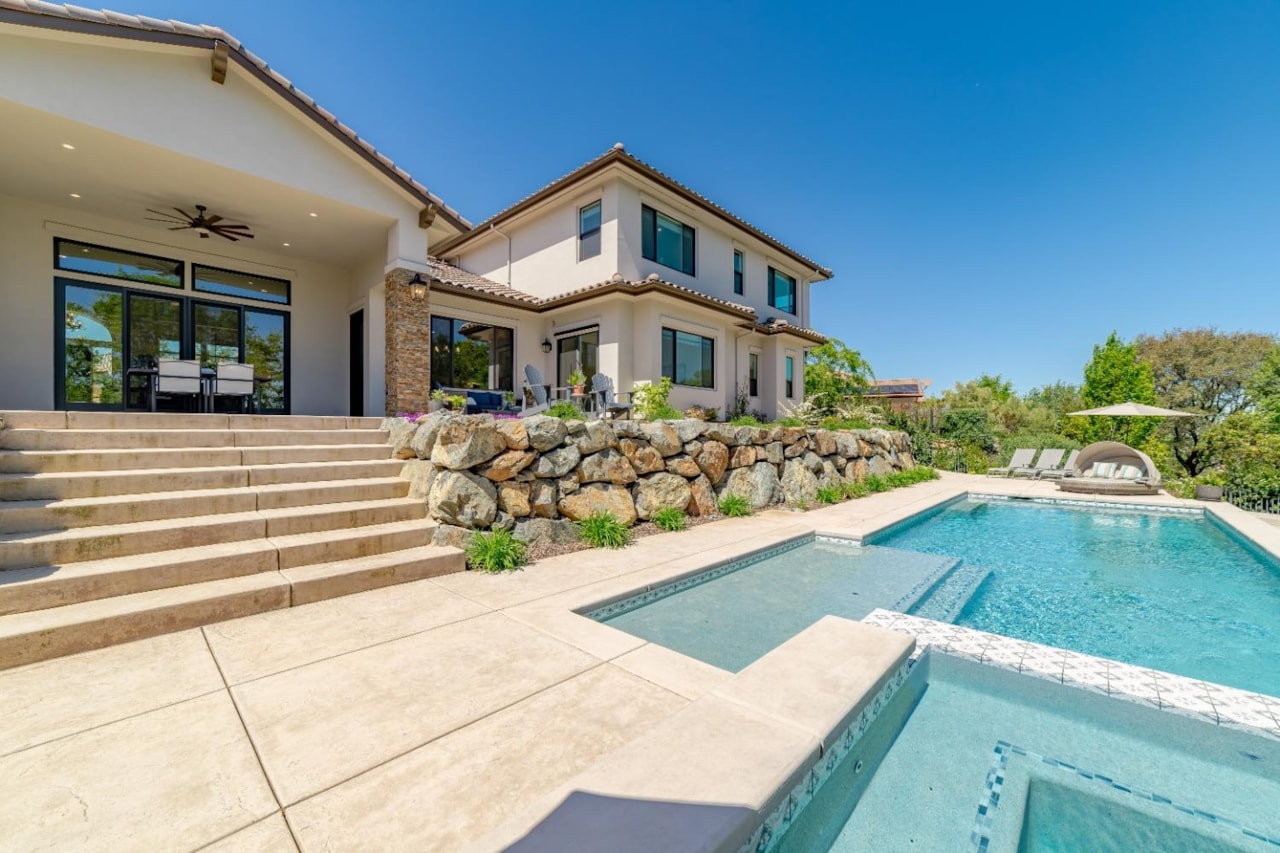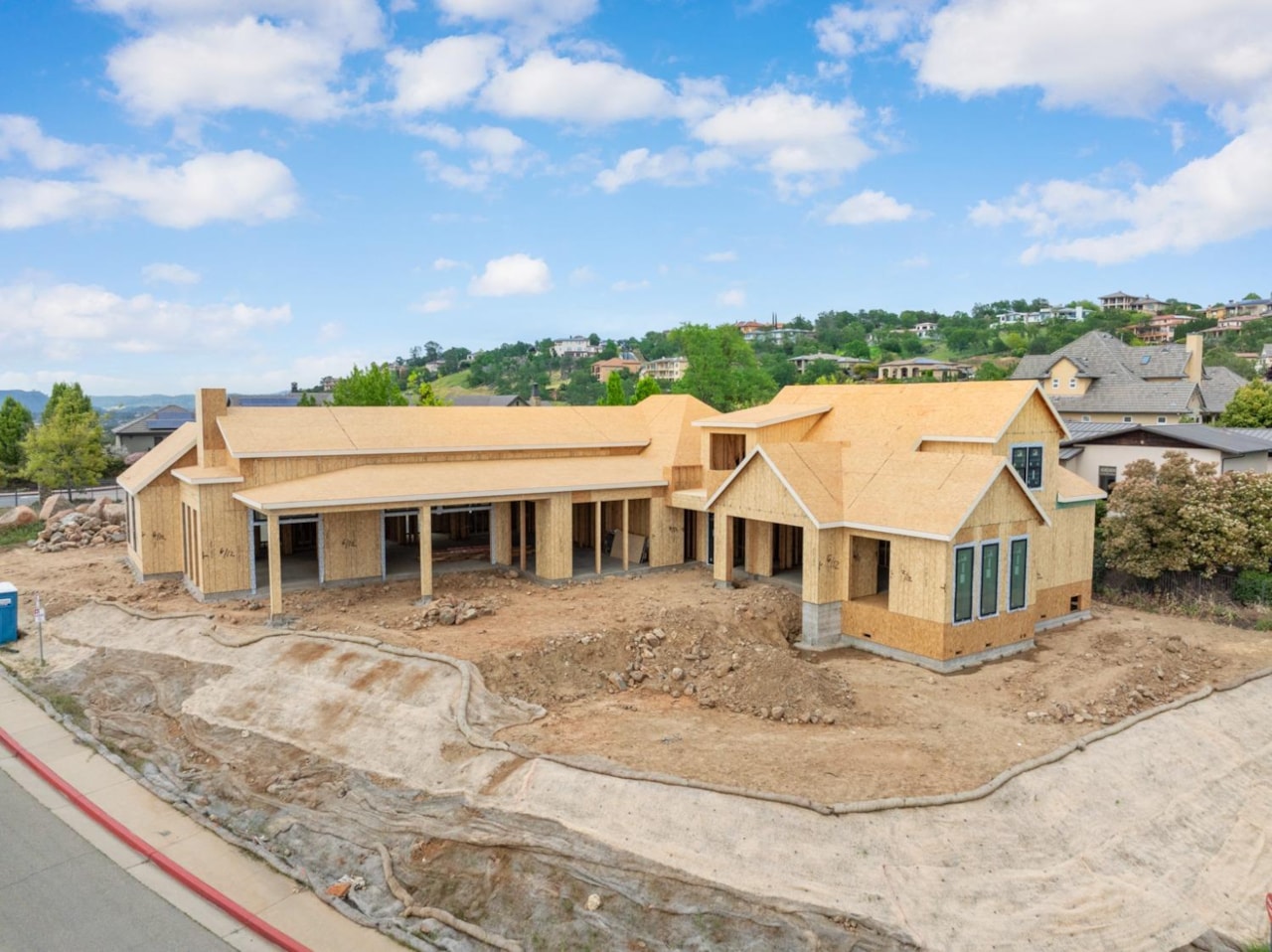Selling your home involves navigating a variety of factors that can influence buyer perception and market dynamics. Beyond the obvious considerations like price and location, understanding these unexpected influences can help you strategically position your home for a successful sale.
1. Economic Conditions
Economic factors play a significant role in shaping buyer behavior and market trends:
- Interest Rates: Mortgage interest rates directly impact affordability for buyers. Lower rates typically stimulate more home purchases by making monthly mortgage payments more manageable. On the other hand, rising rates can deter potential buyers who may postpone their home search or adjust their budget.
- Job Market: The health of the local job market affects housing demand. Areas with strong job growth tend to attract more buyers, as employment stability and opportunities influence their decision to purchase a home.
2. Seasonal Trends
Real estate activity can vary by season due to weather patterns and market behavior:
- Time of Year: Spring and early summer are traditionally the busiest seasons for real estate transactions. Warmer weather and longer daylight hours often motivate buyers to explore listings and make offers. Conversely, the winter months may see fewer buyers actively searching for homes, though serious buyers tend to be more committed.
- Local Events: Major events such as conventions, festivals, or sporting events can impact local real estate activity. Visitors attending these events may become interested in the area and explore real estate options, potentially leading to increased buyer interest and competition.

3. Neighborhood Changes
Changes within your neighborhood can influence property values and buyer perception:
- Development Projects: New developments such as shopping centers, schools, or transportation infrastructure can enhance the appeal of your neighborhood. These additions often attract buyers seeking convenience and amenities within close proximity.
- Neighborhood Reputation: Changes in neighborhood reputation, crime rates, or school district ratings can significantly impact buyer interest. Positive developments like improved safety measures or acclaimed educational institutions can elevate your property’s desirability.

4. Market Competition
Market dynamics and the availability of similar properties can affect your home’s marketability:
- Inventory Levels: The number of homes for sale in your area, known as inventory levels, can influence the pace and outcome of your home sale. High inventory typically gives buyers more options, putting pressure on sellers to price competitively and highlight unique selling points.
- New Construction: Newly built homes often come with modern features and warranties that attract buyers looking for move-in-ready properties. Competition from new construction can influence pricing strategies for existing homes in the same market.

5. Environmental Factors
Environmental considerations are increasingly important to buyers and can impact property values:
- Natural Disasters: Properties located in high-risk areas for natural disasters such as earthquakes, wildfires, or floods may face challenges during the selling process. Buyers are often concerned about potential risks, insurance costs, and property damage history.
- Sustainability and Energy Efficiency: Growing awareness of climate change has heightened buyer interest in sustainable homes with energy-efficient features. Properties with solar panels, energy-efficient appliances, or eco-friendly building materials may appeal to environmentally conscious buyers.

6. Perception of Value
Buyers assess a property’s value based on a combination of tangible and intangible factors:
- Home Condition: The overall condition of your home, including maintenance history and recent updates, significantly impacts its perceived value. Well-maintained properties with modern amenities often command higher prices and attract more competitive offers.
- Emotional Appeal: Emotional factors such as curb appeal, interior design, and the feeling of “home” can sway buyer decisions. A well-presented home that evokes positive emotions and a sense of comfort can resonate more strongly with potential buyers.

7. External Factors
External influences beyond your control can impact local market conditions:
- Market Trends: National economic trends, changes in consumer confidence, or shifts in financial markets can indirectly affect local real estate markets. These factors can influence buyer sentiment, affordability, and overall market stability.
- Media and Public Perception: Public perception of your neighborhood or city, influenced by media coverage or public events, can shape buyer attitudes and perceptions of property value. Positive publicity or negative news stories can impact market activity and buyer interest.

Conclusion
Selling your home involves navigating a complex landscape of factors that can influence market dynamics and buyer behavior. By understanding these unexpected influences and working closely with a knowledgeable real estate professional, you can strategically position your property to appeal to potential buyers and achieve a successful sale.
Consider these factors as you prepare to list your home, ensuring you’re well-equipped to address challenges and leverage opportunities in the market. With proactive planning and informed decision-making, you can maximize your home’s marketability and attract motivated buyers who appreciate the value your property offers.
If you are looking to sell your home feel free to contact us at anytime.

check out our blog on baby vs mortgage here




